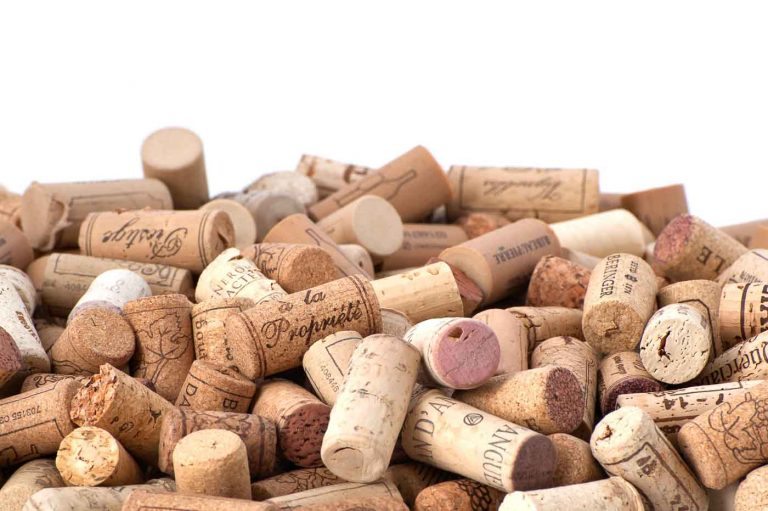Sustainable Fashion Design Begins With Sustainable Materials
Using sustainable materials to make the fabrics which are then shaped to create clothes is the perhaps the most basic way to achieve sustainable fashion design.
This article, part of our series on Sustainable Fashion, explores 5 innovative materials that are sustainable alternatives for designers. They've appeared in the last couple of decades, but aren't yet widely known to consumers. Most are in use today, and all create new options for designers with an eye on sustainability.
Modern Sustainable Materials & Fabrics
Most of today's apparel doesn’t break down easily when discarded, ending up in polluting landfills for decades or even centuries. So some basic changes in the fashion industry's attitude to sustainable materials would have a major long term benefit to the planet.
If more fabric itself is sustainable, several of today's fashion industry challenges around pollution and sustainability would be immediately addressed.
Many designers acknowledge this in their work, using fabrics based on natural materials we've known about and used for centuries. Cotton, linen, hemp and silk are just some with an ancient history. Although even these can cause problems, with modern agriculture causing troubling effects on the environment.
But if sustainable textile materials are defined as those that don't exhaust non-renewable resources, we have other options thanks to modern technology and research. Teams today and in recent years have been developing materials that don't use polluting chemicals and toxins while being manufactured.
The results are innovative sustainable materials and fabrics that are viable alternatives to fashion industry norms. Some are from plant sources, others have origins you certainly wouldn’t associate with fabrics.
Here are 5 new sustainable materials you ought to know about if you have an interest in sustainable fashion, especially consumers who want to know more what goes into their clothes.

Next Jumpsuit - 100% Tencel
1. Tencel
(Eucalyptus trees)
Austrian company, Lenzing is very active in man-made fibres. They first created Modal which today is mainstream and used in a variety of apparel.
TencelR is another sustainable eco-friendly material in their stable. Originally created as Lyocell in the 80’s it's now branded Tencel. It's regenerated from wood cellulose from farm grown eucalyptus trees. 99.5% of solvents used in its fibre creation are reused, creating a near closed loop system.
TencelR fibres are soft, absorbent, very strong when wet or dry, wrinkle-resistant and biodegradable. TencelR is used for a variety of apparel from underwear to denim today.
Read more about Tencel at this link.
2. Seacell
(Wood cellulose & seaweed)
What happens when you take wood cellulose fibre and add sea weed to it? You get a sustainable material called Seacell, created by SmartFiber AG, a German fibre manufacturer of lyocell fibres.

Cashmere fashion with Seacell
Just over a decade old, SmartFiber AG use the same nearly close loop system of lyocell but then add Icelandic seacell into it as a substrate to improve its use as a fashion textile. This gives consumers the benefits of seaweed which the makers say include Vitamin E and antioxidant properties.
Read more about Seacell at this link.
3. Chitosan or Chitin Fibre
(Crustacean shells)
SwicoFil, another German natural and synthetic fibre manufacturer, have created something called Chitosan or Chitin Fibre. It's one of their many sustainable materials, but probably the most memorable!

Creative sustainable fashion design!
Chitin is related chemically to cellulose, but is a semitransparent substance that makes up the hard outer covering of crustacean shells like crabs and lobsters. It's mixed with viscose to create fabrics which are antibacterial, bio-degradable, hypoallergenic and with high moisture absorption.
Read more about Chitosan at this link.
4. Corkshell
(Wine corks)
Made with a by-product from wine cork production, this is an FSC certified cork powder.

Sustainable material from by-product of wine cork manufacture
This natural granulate is crushed and merged with the fabric in a patented process from Schoeller. The result is a material that has a 50% higher thermal insulation which is breathable, soft and lightweight. This creates options for not only more sustainable fashion design, but more functional too.
Read more about Corkshell at this link.
5. QMilch
(Milk protein)
You might think this is fiction or an April Fool, but QMilch is a fabric made from milk protein, casein. Not just milk protein, but milk that can no longer be sold.

Milk - an unlikely source of sustainable material for fabric
Not only is the fabric made from an unlikely material, but it also has a surprising number of positive characteristics for sustainable fashion design. It’s biodegradable, antibacterial, anti-allergenic and soft and comfortable to wear. It can be used by itself or blended with other materials like silk or cotton.
Set up by a biochemist turned fashion designer, just five years ago, this sustainable material holds a lot of promise, but is still not available from suppliers. Hopefully that will change in this coming year.
Read more about QMilch at this link.
The next time you are out shopping for clothes, take a closer look at the details of the materials and technologies that are used to make them. If you start looking at the fabrics for signs of sustainable fashion design, you might be pleasantly surprised by what you discover.


